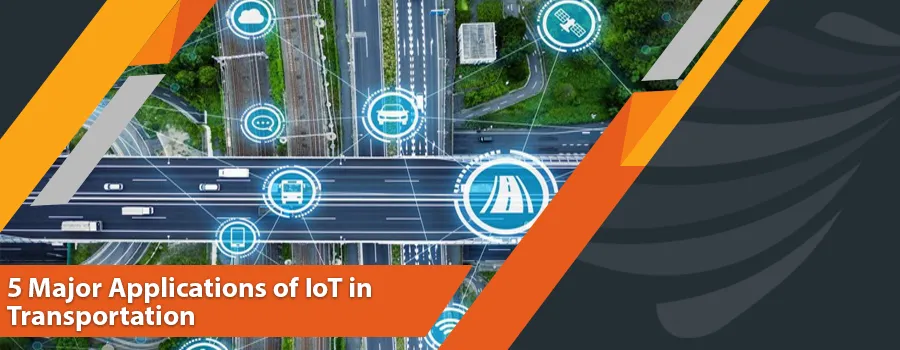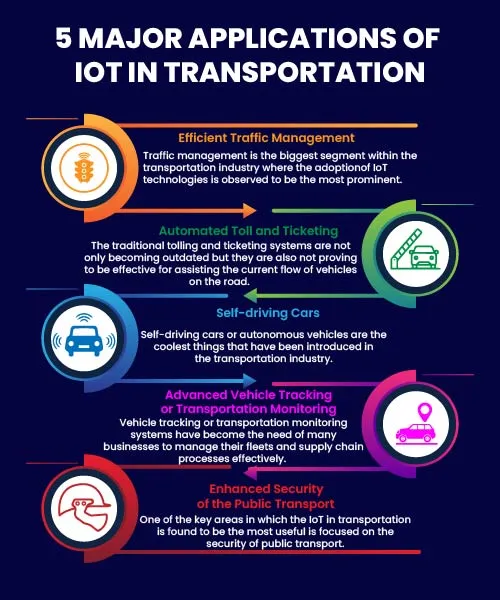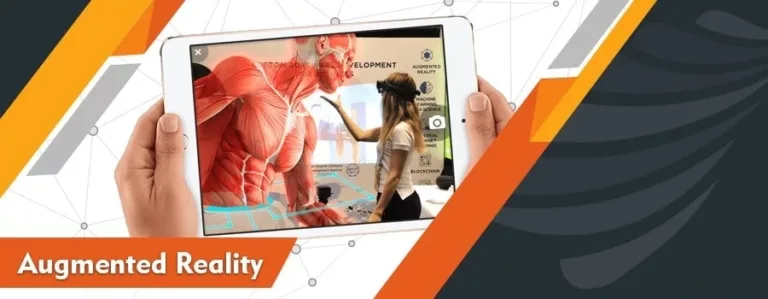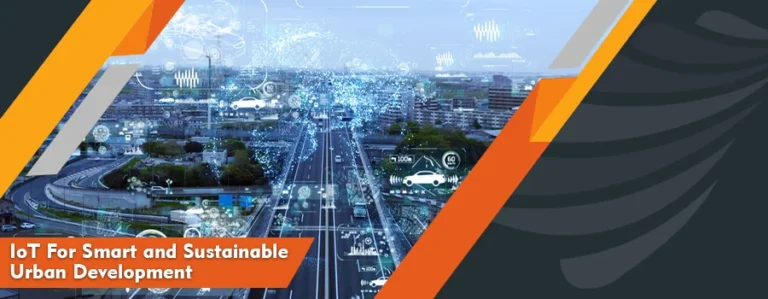The utilization of IoT in the transportation industry has gained momentum in recent times. As per the Allied Market Research, by 2023, it is expected that the market of IoT in transportation will be valued at $328 billion. Within the transportation sector, IoT devices are deployed for a wide range of applications to provide efficient and secure transport in urban areas, notably in ticketing, security, surveillance and telematics systems.
IoT in transportation incorporates a wide network of embedded sensors, actuators, smart objects and other intelligent devices. This network collects data about the real-world scenario and transmits it over the specialized software to transform that data into useful information. The operations of the transport sector have been revolutionized with the help of IoT enabled technologies and smart solutions. Furthermore, the transportation system in the urban areas is becoming more complex day by day as the vehicle population on the road is increasing. This highlights the need of the municipalities to integrate IoT in transportation to have access to greater and secure transportation benefits.
Considering the importance of secure and advanced transportation, this article discusses IoT’s important and common applications that are revolutionizing the current transport sector.
1. Efficient Traffic Management
Traffic management is the biggest segment within the transportation industry where the adoption of IoT technologies is observed to be the most prominent. Million and Billions of Gigabytes of traffic and vehicle-related data are being generated through CCTV cameras. This data is transferred to traffic management centers for keeping a closer look at the vehicles and punishing the car owners who are violating the traffic rules and regulations. Smart parking, automatic traffic light system and smart accident assistance are the few applications of IoT that help the traffic and patrolling officers in managing the traffic efficiently and reducing the risk of accidents.
2. Automated Toll and Ticketing
The traditional tolling and ticketing systems are not only becoming outdated but they are also not proving to be effective for assisting the current flow of vehicles on the road. With the increased number of vehicles on the road, the toll booths have become busy and crowded as well on the highways and the drivers have to spend a lot of time waiting for their turn. The toll booths do not have enough resources and manpower to immediately assist many vehicles. Compared to traditional tolling and ticketing systems, IoT in transportation offers automated tolls. With the help of RFID tags and other smart sensors, managing toll and ticketing have become much easier for traffic police officers.
The majority of advanced vehicles nowadays have IoT connectivity. Any vehicle which might be a kilometer away from the tolling station can easily be detected with the help of IoT technologies. This enables the lifting of the traffic barriers for the vehicles to pass through. However, the older vehicles do not have IoT connectivity, but the smartphones of the car owners can serve the same purpose as well, that is, taking automatic payments through phones linked to the digital wallet. This indicates that IoT in transportation is much more flexible and is compatible with new vehicles and demonstrate easy integration with older vehicles as well, for automated toll and ticketing procedures.
3. Self-driving Cars
Self-driving cars or autonomous vehicles are the coolest things that have been introduced in the transportation industry. In the past decades, the concept of self-driving cars was just like a dream, but this has been turned into an innovative reality with the support of IoT technologies. Self-driving cars are capable of moving safely by sensing the environment, with little or no human interaction. However, to gather data about the surrounding, self-driving cars use a wide range of sensors. For instance, the self-driving car uses acoustic sensors, ultrasonic sensors, radar, LiDAR (Light detection and ranging), camera and GPS sensors to have information about the surroundings and take the data-driven decision about mobility accordingly. This indicates that the functioning of self-driving cars is dependent on IoT sensors. With the help of IoT, sensors equipped in the self-driving cars continuously gather the data about the surrounding in real-time and transfer this data either to a central unit or cloud. The system analyzes the data in a fraction of seconds, enabling the self-driving cars to perform as per the information provided. This indicates that IoT connects the sensor network for self-driving cars and enables them to function in the desired manner.
4. Advanced Vehicle Tracking or Transportation Monitoring
Vehicle tracking or transportation monitoring systems have become the need of many businesses to manage their fleets and supply chain processes effectively. With the help of GPS trackers, transportation companies have smooth access to real-time location, facts and figures about the vehicle. This enables the transportation companies to monitor their important assets in real-time. Apart from location monitoring, IoT devices can also monitor the driver’s behavior and can inform about the driving style and idling time. In fleet management systems, IoT has minimized the operating and fuel expenditures along with the cost of maintenance. As far as transportation monitoring is concerned, then it can be said that real-time tracking has made the implementation of smart decisions much easier, enabling the drivers to identify the issues in the vehicle immediately and take precautions where necessary.
5. Enhanced Security of the Public Transport
One of the key areas in which the IoT in transportation is found to be the most useful is focused on the security of public transport. By keeping an eye on every transport with the help of IoT devices, municipalities can track traffic violations and take appropriate actions. Apart from security, IoT in transportation also complements public transport management by providing a wide range of smart solutions. This includes advanced vehicle logistic solutions, passenger information systems, automated fare collection and integrated ticketing. These solutions help in managing public transport and traffic congestion. Real-time management of public transport has become possible with IoT. This has facilitated the transportation agencies to establish better communication with the passengers and provide necessary information through passenger information displays and mobile devices. IoT has undoubtedly made public transport more secure and efficient.
Conclusion
The applications of IoT in transportation are growing rapidly and the benefits of utilizing IoT for enabling smart transportation are limitless. The revolution in the transportation industry has been made possible by IoT technologies which are less likely to become obsolete in the near future. The applications of IoT in transportation are not limited to traffic management, real-time tracking, self-driving cars and security, and as the future prevails, IoT will continue to make transportation smarter.






